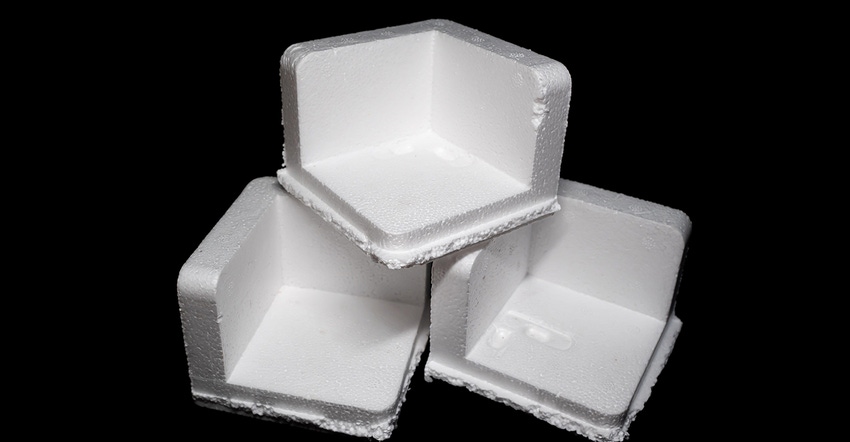Recycled Styrene Monomer Can Be Used as Direct Replacement for Virgin Material
TruStyrenyx technology developed by Agilyx and Technip Energies produces 99.8% pure recycled styrene monomer.
August 30, 2022

A technology that produces high-purity recycled styrene monomer combines the pyrolysis process of Agilyx and the purification know-how of Technip Energies.
TruStyrenyx, the result of a collaboration announced last summer by the two companies, produces a monomer “greater than 99.8 wt% purity, which means it can be used as a direct replacement for virgin styrene monomer,” said Dr. Chris Faulkner, Chief Technology Officer at Agilyx.
Styrene monomer is a key ingredient in many polymers and synthetic rubbers. Being one of three primary components of ABS, it can also make the pure polymer polystyrene.
After successful pilot plant testing of hard-to-recycle waste polystyrene at Technip Energies’ R&D facility in Weymouth, MA, “there are commercial partners ready to use the styrene monomer produced with TruStyrenyx,” Faulkner said. “This styrene monomer is suitable for any brand owners looking to increase the recycled content in their styrene monomer–derived products, such as ABS, synthetic rubbers, coatings, and polystyrene.”
Notably, TruStyrenyx was able to convert waste polystyrene laden with flame retardants — halogens in flame retardants have traditionally been difficult impurities to contend with in polymer production. TruStyrenyx reduces halogen concentration in the styrene monomer it produces to below detection limits.
TruStyrenyx production capability begins at 15 KTA and can be scaled up, Faulkner noted.
Key to the technology is the Agilyx pyrolysis process, which hinges on a reactor “designed deliberately to handle plastic waste that is not heterogeneous or very clean,” Faulkner explained. “We don’t use a catalyst, which allows us to process waste that is more contaminated than what can be handled by our competitors. We also use electrical heating, which allows us to dial in the energy used to be very specific to the product that is being processed. Once the waste plastic has passed through our process, the Technip Energies purification technology is applied to obtain exceptionally high purity.”
About the Author(s)
You May Also Like


